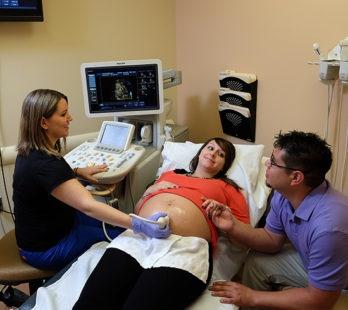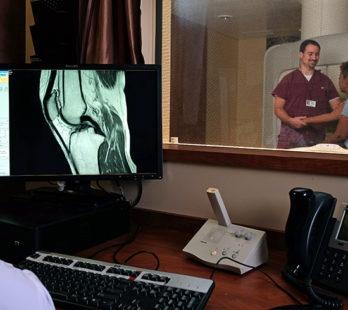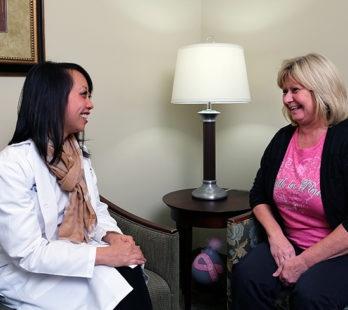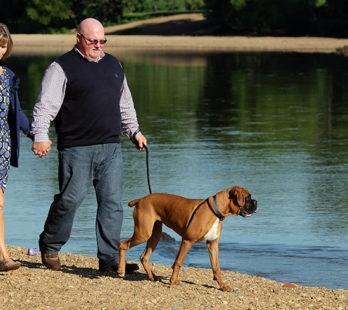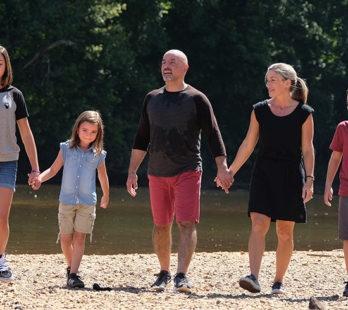How A Bone Density Scan Can Change Your Life
A bone density scan makes all the difference in preventing complications due to osteoporosis. It’s the only scan that can detect osteoporosis before a break or fracture occurs. This allows doctors to treat osteoporosis in a way that could prevent a fracture.
When You Need A Bone Density Scan
Risk factors for osteoporosis include,


